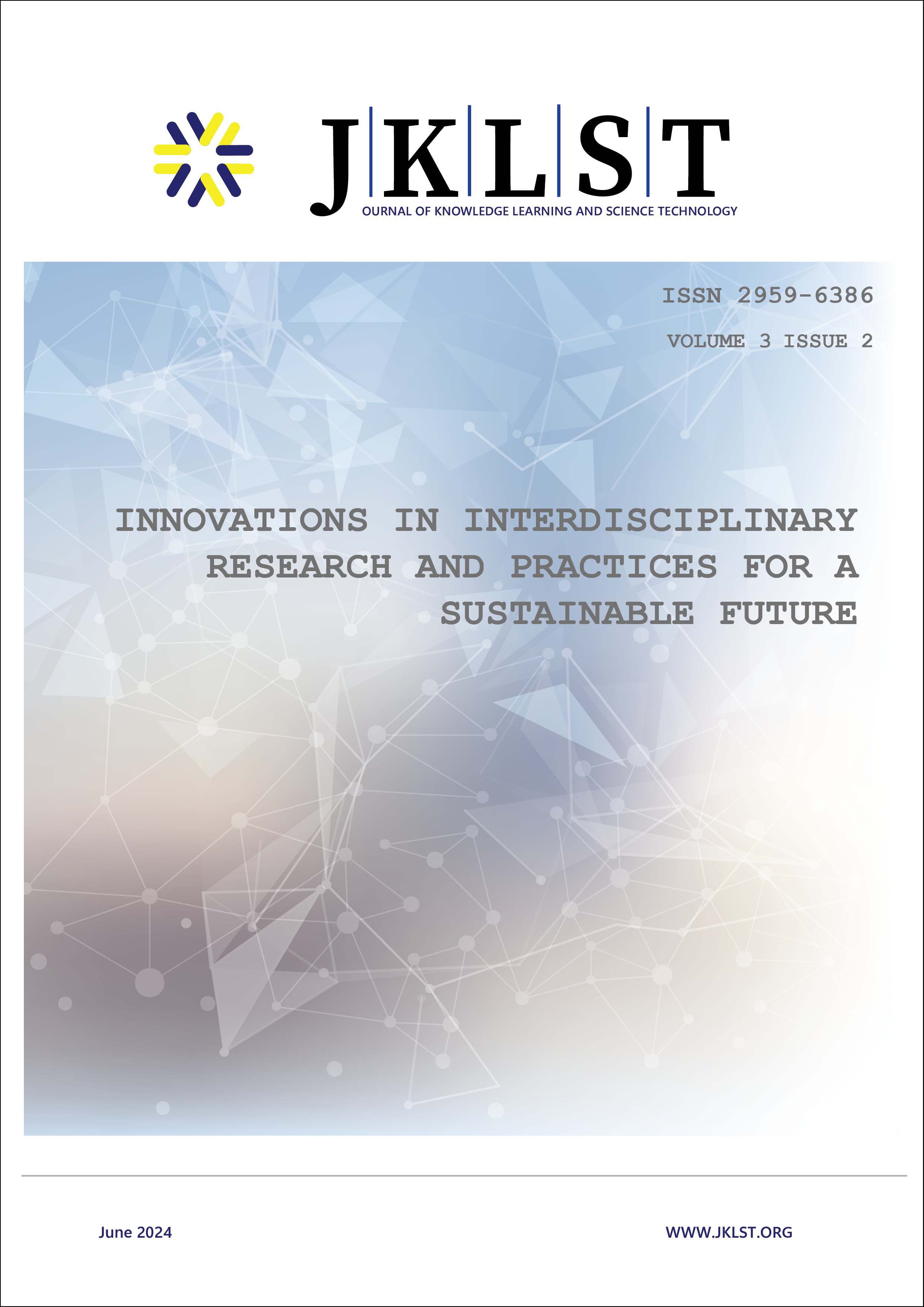Assessing the Efficacy of Air Pollution Mitigation in Beijing: Insights from GIS and Machine Learning Analyses
##doi.readerDisplayName##:
https://doi.org/10.60087/jklst.vol3.n2.p97关键词:
Remote sensing, Sentinel-5P, MODIS, Aerosol Optical Depth , Air pollution, Beijing, Machine Learning , Logistic Model摘要
This paper examines Beijing air pollution treatment through examining the Aerosol Optical Depth from 2013 to 2019, and pollutants density change in the region of Beijing city, Tianjin city, and Hebei province, using remote sensing products, i.e., aerosol optical depth from MODIS and the Sentinel- 5P SO2 and NO2 density products in Google Earth Engine and QGIS. The study finds that the whole region experienced an AOD decrease. In addition, the patterns suggest that Beijing didn’t shift its pollution to the surrounding area. However, Beijing city’s SO2 and NO2 density still remain high in the region. Additionally, a machine learning model is introduced to further understand the dynamics of PM2.5 in Beijing.
##plugins.themes.default.displayStats.downloads##
##submission.downloads##
已出版
期次
栏目
##submission.license##
##submission.copyrightStatement##
##submission.license.cc.by4.footer##©2024 All rights reserved by the respective authors and JKLST.









